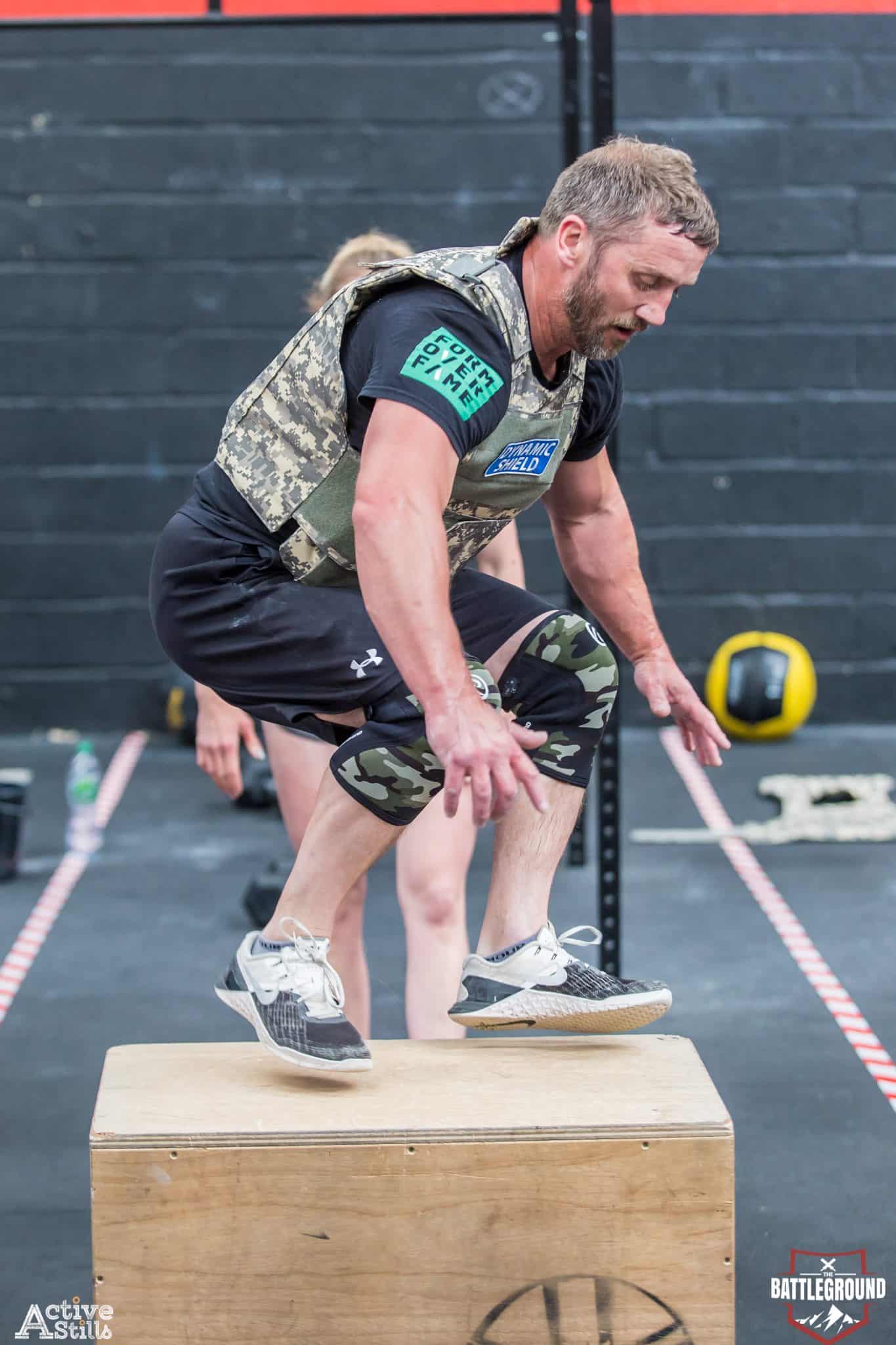It’s very easy to judge others when it comes to various functional fitness regimes. How many times have you seen someone working out and thought either ‘They know their stuff’ or ‘There’s no point in doing that’? The answer is likely to be all of us. Health and fitness is such a vast field with many sub disciplines. As a result, there are so many different approaches to health and fitness. Check out the guys at Brute Strength who recently put athletes with vastly different backgrounds and training techniques against each other in a series of fitness challenges. The results may surprise you.
Not everyone wants Functional Fitness
The best way to approach a fitness programme is going to be heavily influenced by the goal of the programme. There is enough science and pseudo science out there to support certain principles and approaches. The vast majority use an exercise programme to control weight and body composition. Taken a little more seriously and these programmes can be driven by aesthetics (think bodybuilders and fitness exhibitions). Then we have the athletes, from weekend warriors to the professional and elite. Somewhere in the middle come the ‘functional fitness’ crew, such as Crossfit and Strongman – some of whom can become full time professionals in fitness.
Coaching backgrounds Differ
Personal trainers, strength & conditioning coaches, lifestyle coaches will all come via different backgrounds. Their knowledge has been accumulated in many different ways. Different coaches will have their own systems and unique methods to produce the results that they want. Ultimately, working with a client or athlete consistently over time should yield results. Like athletes, coaches too can be very quick to judge other programmes and approaches. A common one would be the functional fitness crew scoffing at the use of biceps curls! However, there is always a place for bicep curls in a programme!
Specific bicep work may be required to overcome a movement dysfunction, such as hyper extensive elbows. They’re also great for those wanting to look good and improve their physiques! If a client wants to include bicep curls in their programme then what is your rationale for stopping them? Is it going to harm them? I’d argue that allowing them to be included improves the quality of the exercises that you ‘really want them to do’!
In short, get of the academic high horse and accept the potential benefits of thinking outside of your own box. There’s more than one way to get fit in Ascot.
